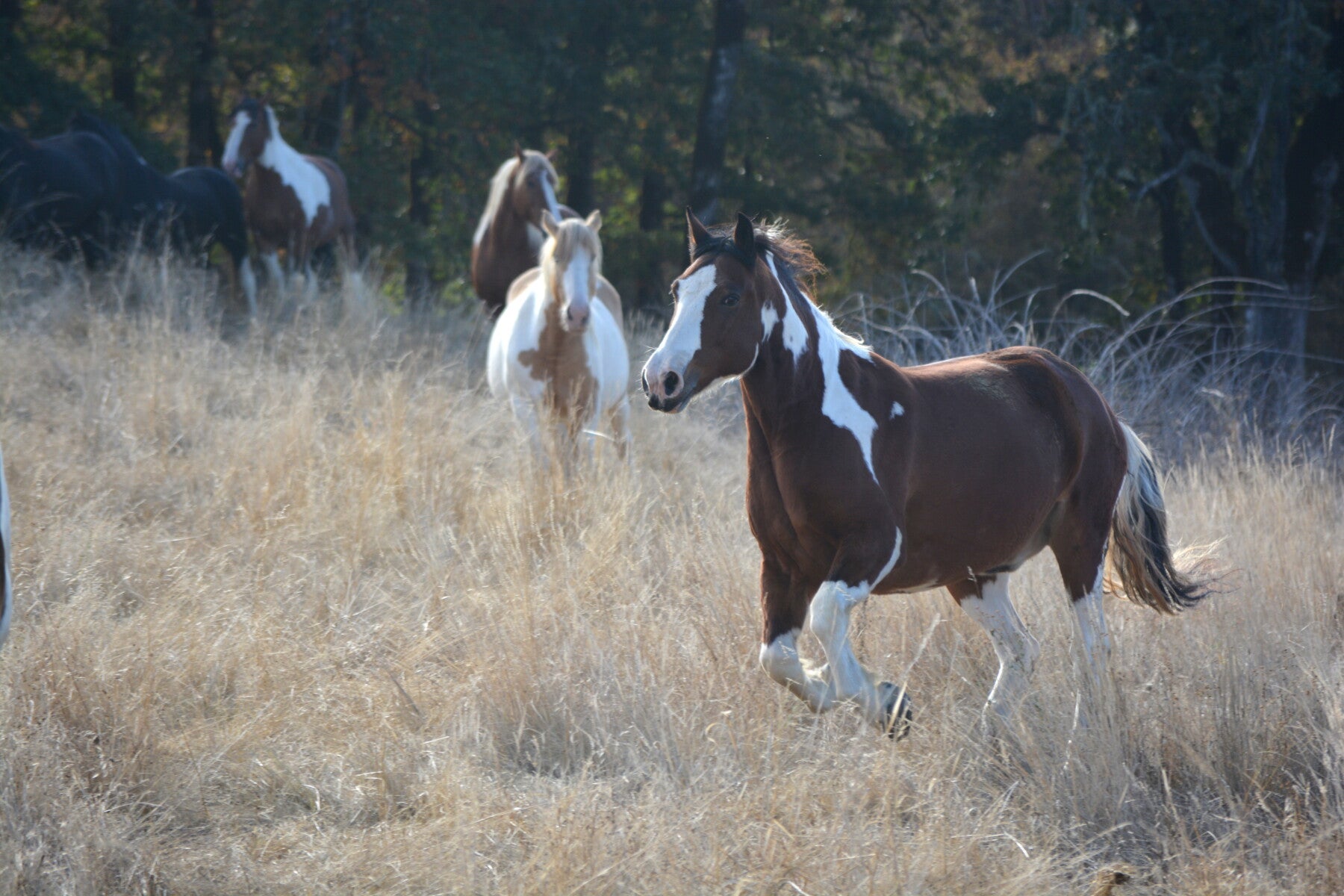The vast number of consumer labels affixed to egg cartons can leave a shopper feeling dazed and confused. One carton may label its eggs “Natural.” Another carton may call them “Free Range,” while yet another may claim its eggs are “Certified Organic.” How are thoughtful consumers supposed to know what these labels and claims really mean?
The truth is that the majority of egg labels have little relevance to animal welfare or, if they do, they have no official standards or any mechanism to enforce them.
Welfare concerns
No label, classic, conventional, regular, farm-fresh, natural
The chickens who laid these eggs are kept in cages for almost their entire lives. The cages are about the size of a file cabinet drawer and can hold up to seven hens. The birds don’t have enough room to even flap their wings, and cannot lay their eggs in a nest—a hen’s strongest instinct.
Omega-3 enriched, vegetarian-fed, lutein-enriched
These terms all describe the hens’ diet, not their level of welfare. Unless they are marked with a label specifically addressing their housing (e.g. free range eggs), these eggs are from caged hens.
Better options
Free run
These hens are kept cage-free in barn housing. While they don’t have access to the outdoors, they can lay their eggs in a nest box, flap their wings, peck at the ground and have access to perches.
Free range
These hens are kept cage-free in barn housing. They can lay their eggs in a nest box, flap their wings, peck at the ground and have access to perches. These animals are allowed access to the outdoors when weather permits.
Best choices
Organic, certified organic
Unless these eggs are marked with one of the logos below, compliance with Canadian Organic Standards is voluntary, so standards may vary.
These labels are found in some parts of Canada, and all indicate that the housing systems that these hens live in have been third-party verified.
While each standard specifies a different amount of space per hen indoors, none of these hens are in cages and, in the case of certified free range, all hens have specified time and space outdoors, weather permitting.
What to look for
Certified organic logos (all provinces)
 |
 |
 |
Certified organic and certified humane logos (British Columbia)
 |
 |
 |
Certified organic logos (Quebec)
 |
 |
 |
 |
Note: Virtually all hens in commercial egg operations—whether cage or cage-free—come from hatcheries that kill all male chicks shortly after hatching. The males are of no use to the egg industry because they don’t lay eggs and aren’t bred to grow as large or as rapidly as chickens used in the meat industry. Common methods of killing male chicks include suffocation, gassing and grinding. Tens of millions of male chicks are killed each year in Canadian hatcheries.

